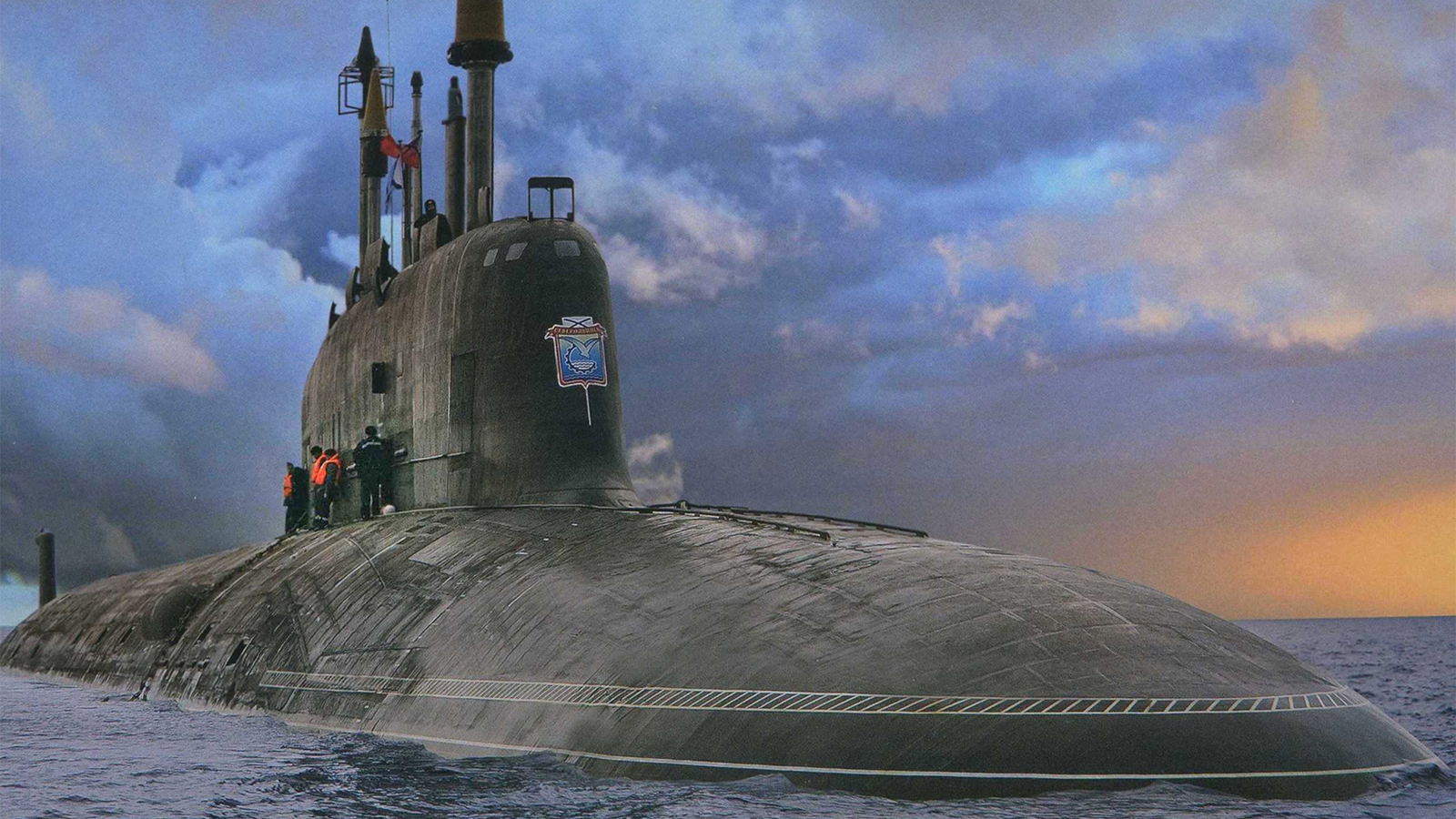
The Belgorod submarine will serve the Russian Navy once it clears state tests starting in May. A news agency in the country said the submarine will be nuclear-powered.
A source close to the Russian Ministry of Defense told the Russian news agency TASS: "According to preliminary information, the Belgorod nuclear submarine – after being handed over to the customer – will serve in the Pacific Ocean. [At] the same time, it will be able to solve its tasks anywhere in the world ocean."
The Belgorod submarine – built as part of Russia's Project 09852 – is the first underwater craft to carry the Poseidon nuclear drones. It was first launched for testing in April 2019, and was originally scheduled for commissioning the following year. However, information obtained by TASS said the onset of the Wuhan coronavirus pandemic delayed the submarine's commissioning.
Another source confirmed to the Russian news agency that the Belgorod submarine will also carry the AS-15 deep-sea nuclear station. Under the country's current armaments program, three other special-purpose submarines similar to Belgorod will be manufactured. These submarines are set to be ready for launch in 2027.
A December 2019 report by RT said Belgorod can carry "as many as four Poseidon drones" because it has been supposedly modified for that purpose. The report said the submarine measuring 184 meters is one of two vessels assigned to carry the nuclear weapon system. The long-range Poseidon drones are part of Russia's effort to combat anti-ballistic missile technologies the U.S. is developing.
The RT report also got confirmation from Mikhail Budchenko, top executive of the Russian submarine manufacturer Sevmash, that Belgorod would be turned over to the Defense Ministry in 2020 along with three other vessels – a Borei-class nuclear missile submarine and two Yasen-class cruise missile submarines. (Related: Russia unveils secret nuclear-armed drone sub that could destroy America as geopolitical posturing puts world on brink of nuclear war.)
Belgorod's deployment appears to be in preparation for possible conflict
The Belgorod submarine's deployment coincides with a possible conflict involving Russia. Footage shared on social media shows large-scale movements by the Russian military in areas close to eastern Ukraine and Crimea. Russia annexed Crimea into its territory in 2014 while separatist rebels backed by Russia have been fighting Ukrainian forces since the Crimean annexation.
Given the current turn of events, an author of books about the Russian military warned that a major conflict between Russia and Ukraine could break out as soon as May 2021. Russian military expert Pavel Felgenhauer remarked that determining Russia's intentions in Ukraine requires a psychoanalysts. However, he continued that incidents between the two nations could see war break out "in a month."
"The crisis has the potential to escalate into a pan-European war, if not even a world one. But for now, will it happen or not? Let's wait and see. In the west, they don't know what to do about it," Felgenhauer remarked. (Related: Russia testing nuclear missiles and submarines in the Arctic as global tensions escalate.)
While Felgenhauer warned of a potential war involving Russia in Eastern Europe, Russian President Vladimir Putin engaged in a "word war" with U.S. President Joe Biden. A March 18 BBC report said the Russian leader hit back at Biden dubbing him a "killer." During an interview on Russian television, Putin remarked that "it takes one to know one" and challenged the American leader to talk to him face-to-face.
Putin's remark aimed at Biden also aimed at the U.S. president's comment to ABC News that the Russian leader would "pay the price" for allegedly interfering in the 2020 U.S. presidential election. Because of this verbal exchange between the two nations, Russian Ambassador to the U.S. Anatoly Antonov had been called home to prevent the "irreversible deterioration" of links.
Visit WWIII.news for more articles about Russia and its conflicts with other nations.
Sources include:
Please contact us for more information.


















